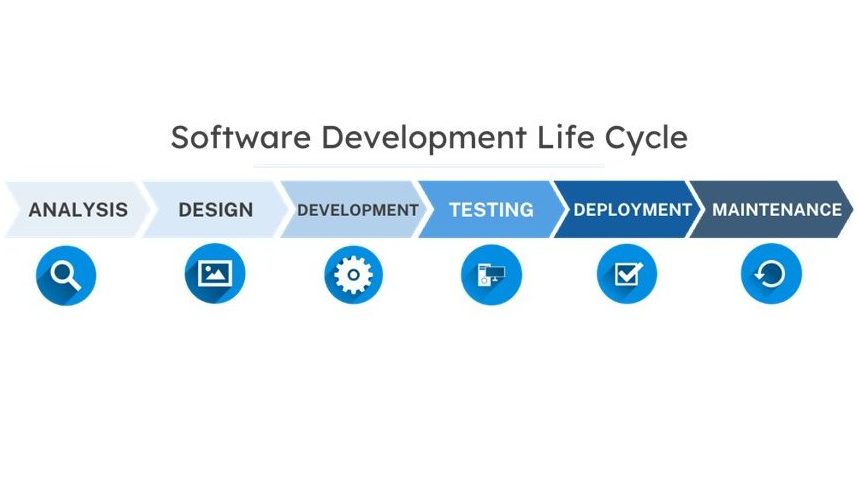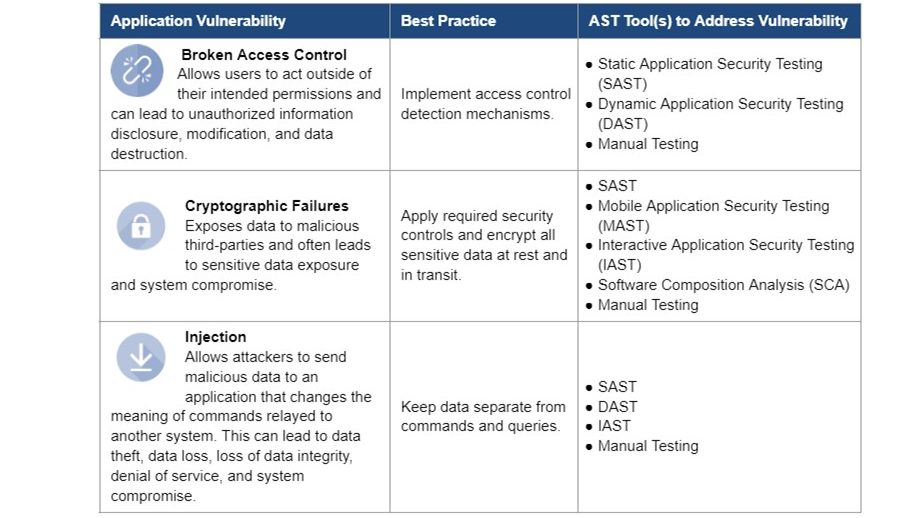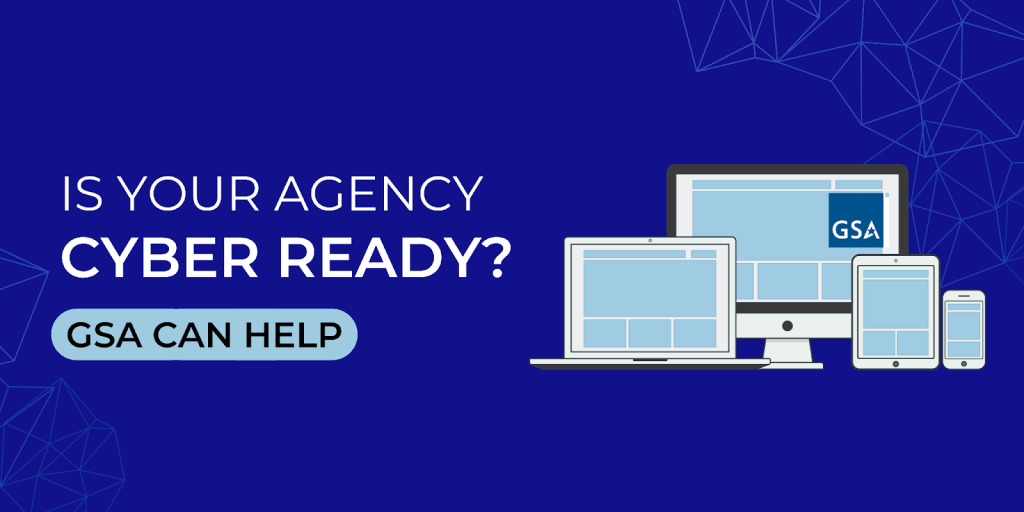April is National Supply Chain Integrity Month, and this year’s theme is “Fortify the Chain.” Raising awareness of the importance of secure supply chains, especially information and communications technology (ICT) supply chains, is more important than ever.
The government’s supply chains are critical to U.S. economic and national security, supporting all U.S. critical infrastructure, and they’re often targeted by adversaries. Government agencies were the third-most targeted sector for ransomware attacks in 2023, which was 74% higher than the previous year. The average cost of a data breach in the U.S. amounts to $9.36 million. These attacks can disrupt the services Americans rely on every day, from transportation and healthcare to emergency response systems and defense readiness.
Last month, GSA took steps to help the government fortify and better protect supply chains when we awarded Blanket Purchase Agreements (BPAs) under our new Supply Chain Risk Illumination Professional Tools and Services (SCRIPTS) program to nine industry partners. These awards provide federal, state, local, tribal, and territorial agencies with streamlined access to commercial tools and services that help identify and manage supply chain risk.
The SCRIPTS BPAs make it easier for agencies to get the supply chain risk data they need to protect their missions. These BPAs offer a comprehensive solution and a centralized approach that will greatly enhance the government’s ability to effectively and efficiently mitigate the ever-increasing supply chain risks in today’s complex and interconnected technological landscape.
Enhancing supply chain visibility and security
Strengthening America’s security starts with securing its supply chains. The SCRIPTS BPAs provide agencies with powerful business intelligence tools and professional analytic support to identify and mitigate risks before they become threats. By vetting vendors, assessing supplier networks, and enabling real-time monitoring, these resources help safeguard the nation’s critical supply chains from fraud, abuse, and exploitation. Ensuring that suppliers are reputable, financially sound, and operationally secure strengthens America’s economic and national security—putting the country’s interests first.
Maximizing cost savings for government agencies
We’ve negotiated significant enterprise-wide discounts with leading supply chain and analytics tool providers. The implementation of the SCRIPTS BPA will deliver substantial cost savings for the government, with an estimated $66 million in savings—reducing costs by 57% at the BPA level alone.
These efforts align with President Donald J. Trump’s recent Executive Order 14240, which calls for centralized procurement. As agencies issue task orders under this agreement, additional savings are expected at the order level. Beyond federal agencies, this whole-of-government approach extends cost efficiencies to state, local, tribal, and territorial governments, ensuring broad financial benefits through the use of the SCRIPTS BPA.
Supporting federal supply chain security priorities
This initiative also aligns with Executive Order 13873, signed by President Donald J. Trump in 2019, which focuses on securing the information and communications technology and services supply chain. It also supports broader federal efforts to enhance supply chain resilience and safeguard national security.
With SCRIPTS, we’re making it easier for agencies to proactively manage supply chain risks while ensuring the integrity of the vendors they rely on. We look forward to working with our partners to strengthen America’s security and trust across government supply chains.
For more information regarding the SCRIPTS BPA, please visit the SCRIPTS BPA page on the GSA website.





